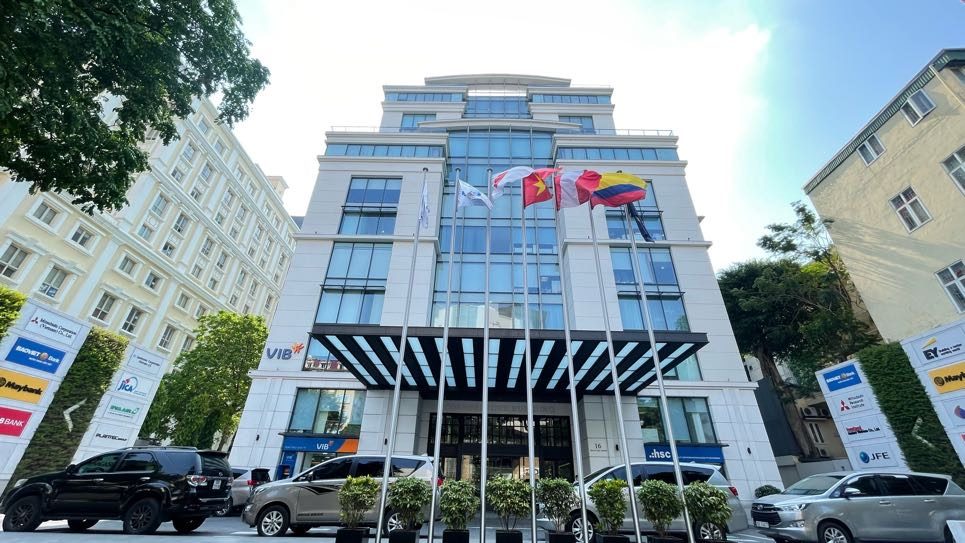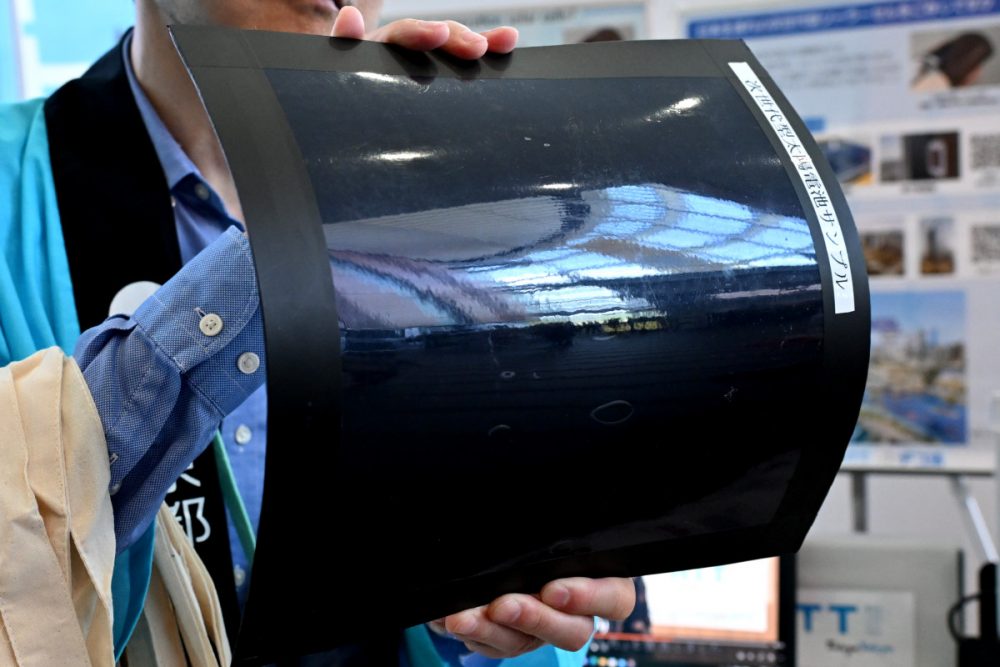Behind the Beautiful Exterior of Osaka's Maishima Incineration Plant
The Maishima Incineration Plant, a waste-to-energy facility in Osaka, provides visitors opportunities to think about the environment and resource recycling.
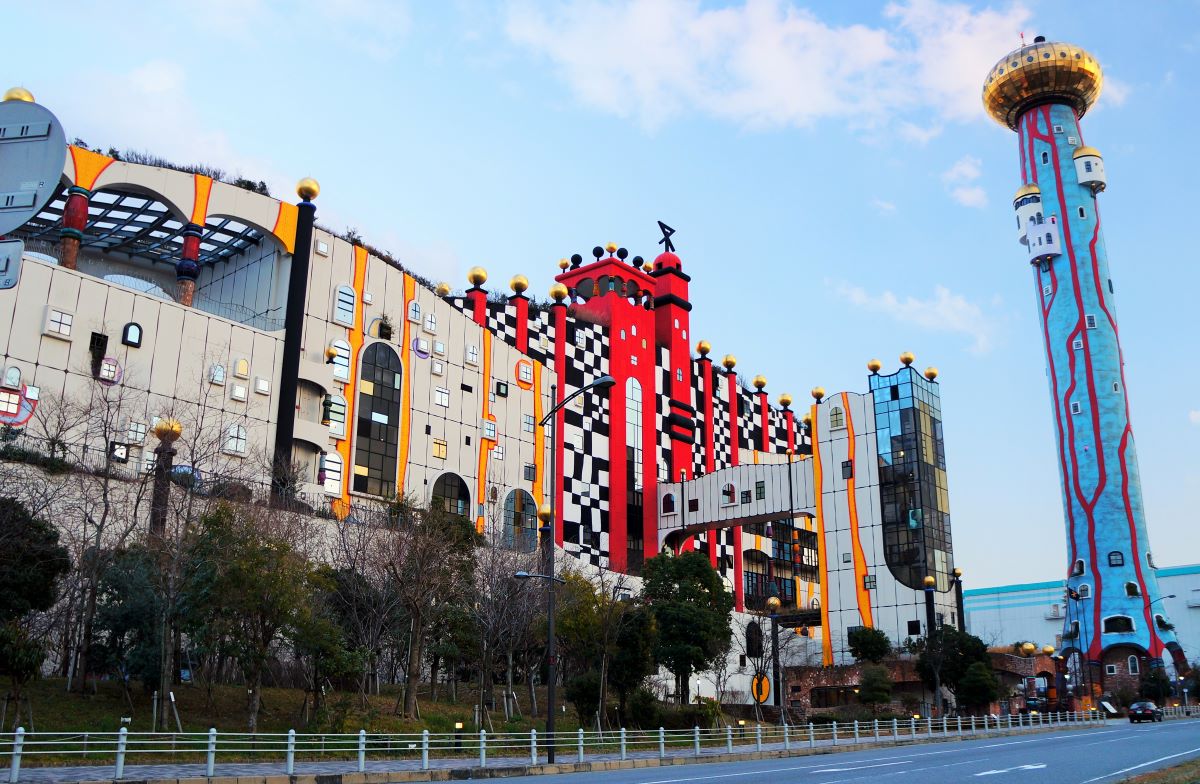
このページを 日本語 で読む
Did you know that Osaka is home to the "world's most beautiful waste treatment plant"? The Maishima Incineration Plant is run by the Osaka Waste Management Authority in the Konohana Ward of Osaka, not far from Universal Studios Japan (USJ).
The plant recycles steel and aluminum and uses steam to generate electricity. Its artistic design attracts many visitors, contributing to awareness of waste management issues and the SDGs. Once criticized as a waste of taxpayers' money, the jury is still out on the future of the facility.
Artistic Exterior: 'Harmony with Nature'
Crossing the 1.6 km Konohana Bridge and entering the artificial island of Maishima, one cannot help noticing the Maishima Plant. With its light blue towers, golden balls, colorful windows, and mosaic walls, the plant resembles a castle at an amusement park. In fact, it has been mistaken for USJ.
It was designed by Friedensreich Hundertwasser, an artist from Vienna, Austria.
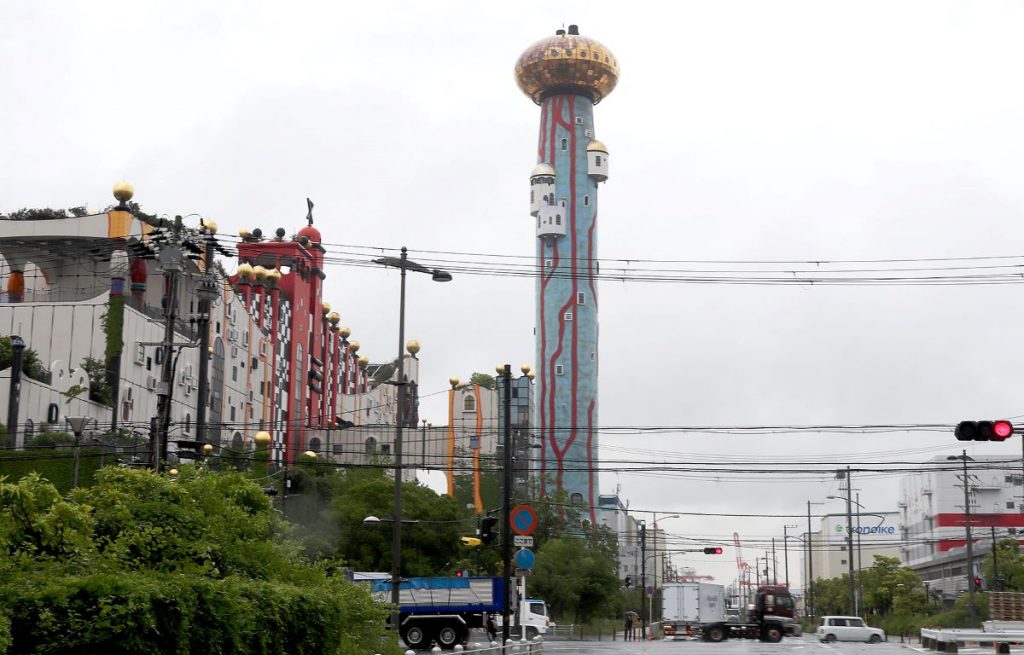
A painter, architect, and environmentalist, Hundertwasser created his design on the concept of "the harmony of technology, ecology, and art."
Based on the idea that ruler-straight lines do not exist in nature and that nothing in nature is exactly the same, the building's lines are curved. Lush greenery surroundings promote a feeling of harmony with nature.
The facility has more than 500 windows, including decorative ones – and no two of them are the same. The red and yellow stripes on the exterior walls are said to represent the flames burning inside.
A Relic of Osaka's Olympic Bid
The idea for the artistic Maishima Plant arose during Osaka's bid for the 2008 Summer Olympics. The 220-hectare vast Maishima Island was intended to host the main athletic facilities, and the incineration facility was built to serve as a landmark.
The Maishima Sludge Center, also designed by Hundertwasser, is located a few hundred meters away. Situated at the gateway to Maishima, it is also intended to catch the attention of visitors.

Construction of the plant began in 1997 and was completed in 2001, at a cost of approximately 60.9 billion JPY.
The facility contains two incinerators with a daily capacity of 900 tons. It also contains a bulky waste treatment facility with a daily capacity of 170 tons.
Giant Claws
The plant's manager, Shunichi Nakamura, who was just appointed in April of 2023, took me on a guided tour.
Anyone can tour the factory free of charge, but must apply first. When I visited the factory, an elderly couple was on a tour accompanied by an attentive staff member.
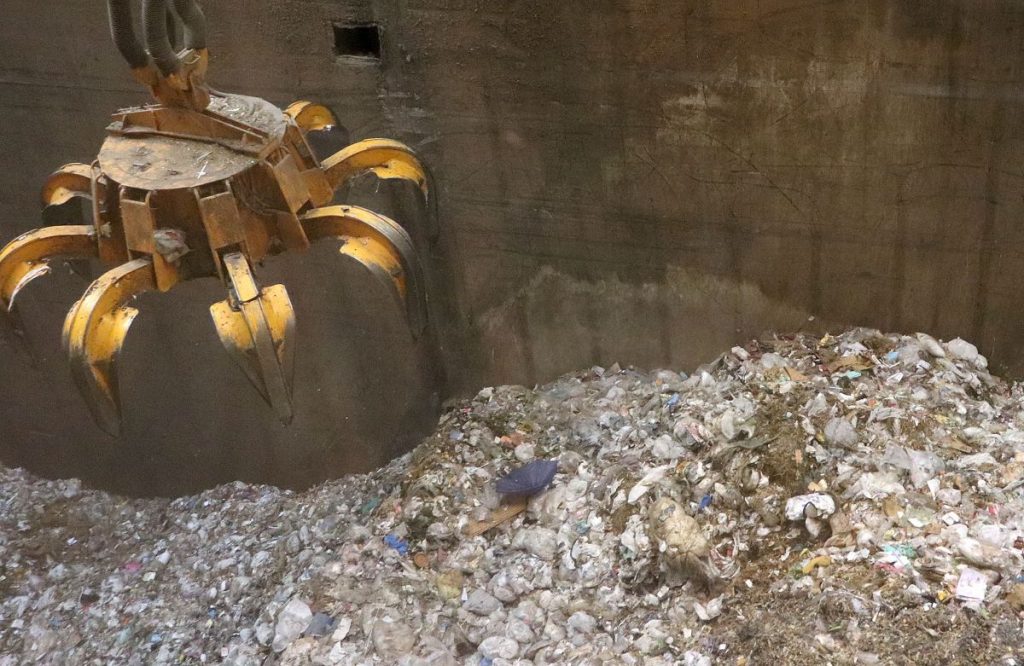
After walking through the colorful, winding corridors, all lacking in straight lines, we first visited the waste pits. Through a glass-paned window, we got a close-up look at the claws of the large bucket crane grabbing waste in a tight grip.
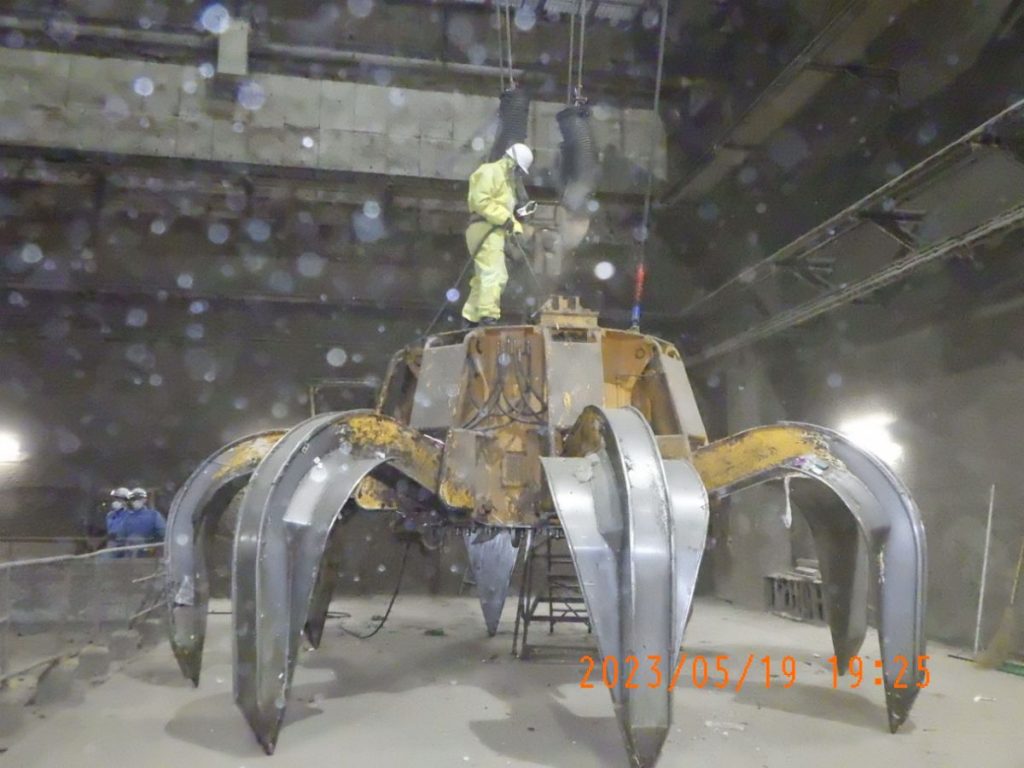
A single grab can hold up to 12 tons. The facility also contains a full-scale model of the bucket crane to give visitors a sense of its size, a display reportedly popular among children.
Electricity Sales Bring in 657 Million Yen
On the third floor, visitors can view the steam turbine generator that produces electricity from the heat obtained from waste incineration. The plant operates on the exact same principle as a thermal power plant.
"We use about 30% of the waste-to-energy electricity produced ourselves, and sell the rest to power companies for income," reports Nakamura.
Since highly-toxic dioxin is produced when waste is burned at low temperatures, the incinerator maintains high temperatures exceeding 900°C.
A portion of the steam and electricity produced from that heat is used internally and the remainder is sold to an electric power company. Steam is also supplied to the sludge center.
Revenue from electricity sales in FY2021 totaled approximately 657 million JPY.
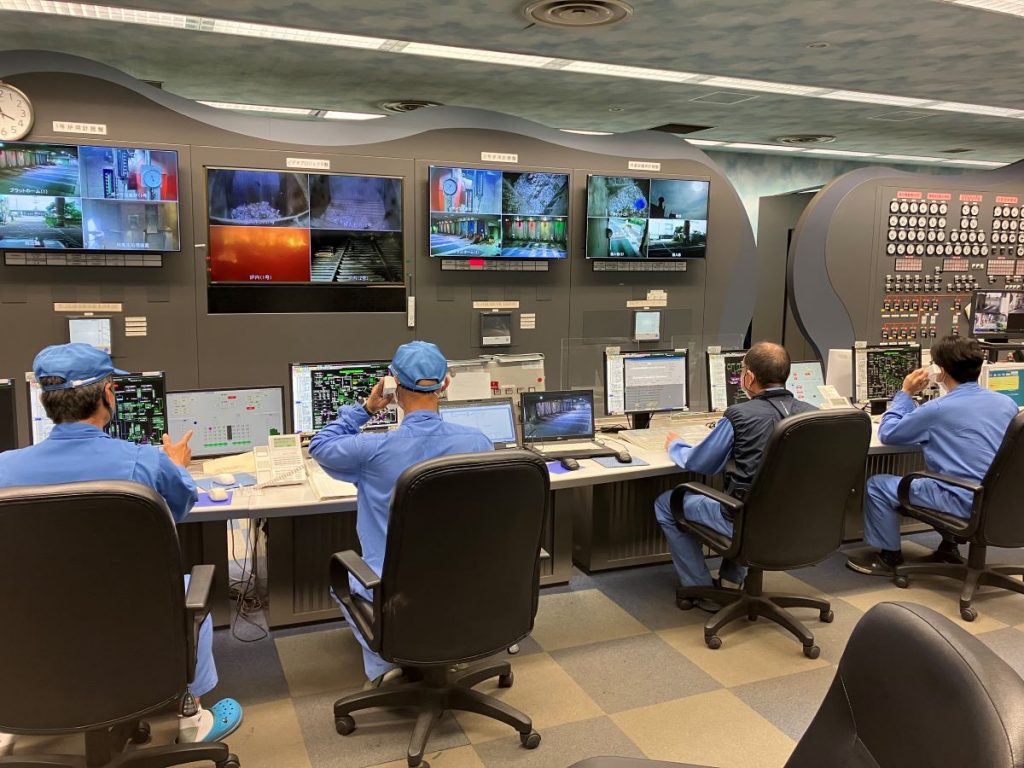
Due to ups and downs in electricity prices, the facility also generated 1.1 billion JPY through the feed-in tariff (FIT) system in FY2018. Recovery of aluminum and steel amounted to 80 million JPY in the same year, and the supply of steam to the sludge center generated about 6 million JPY of income.
I previously wrote on Japan 2 Earth about Tsuneishi Kamtecs' Saitama plant and the extracting of rare metals such as gold, silver, and platinum from the incinerated ash of general household garbage (Read the article here). So, I asked about the possibility of treasure in the garbage at the Maishima Plant.
"As for extracting precious metals from incinerator ash," said Nakamura, "academic experts have recommended that we conduct a study on the introduction of such a system."
Promoting Understanding in the Community
Prisons, crematoriums, and waste disposal sites are often considered NIMBY (not in my backyard) facilities. That is, people do not want to live near these facilities, even though they understand the need for them. It is the same all around the world.
The Maishima Plant and its flashy colors are not attempting to hide the negative image of a waste treatment plant, but rather to emphasize just how inseparable the facility is from our daily lives.
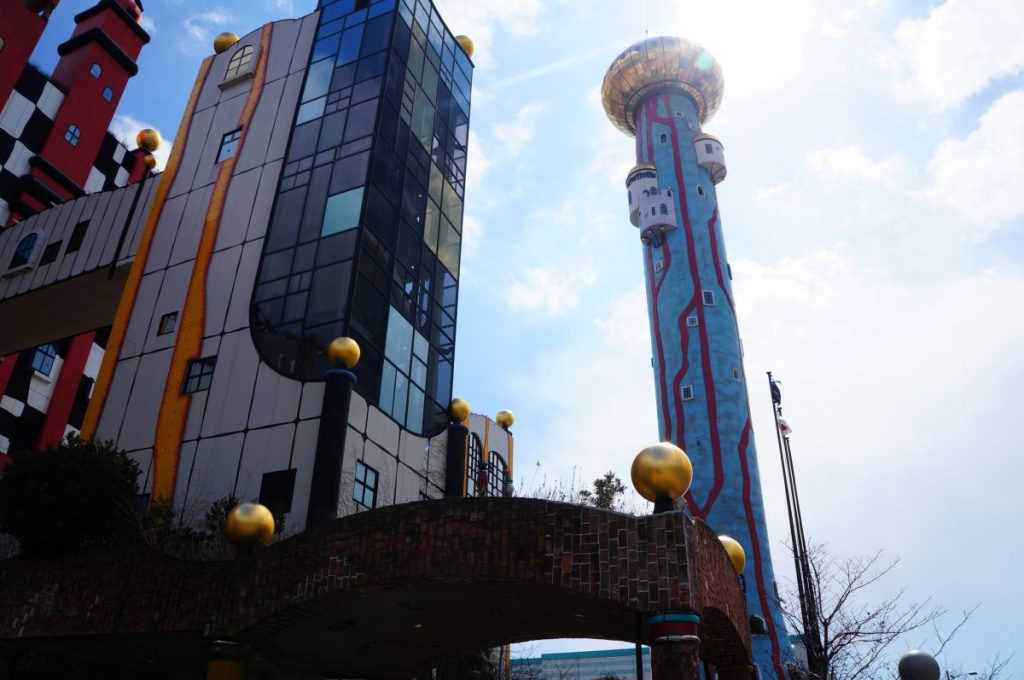
Pre-pandemic data through FY2019 reveal that between 15,000 and 17,000 people visited the plant each year. Some visitors came for the design, not even knowing it was a waste treatment plant. In the early days, many visitors also came from overseas to view the state-of-the-art equipment installed.
One reason incinerators are considered to be NIMBY facilities stems from concerns over the emission of dioxin and other hazardous substances.
Even Stricter Standards
According to the plant manager, however, the plant has established voluntary standards that are even stricter than existing environmental standards. In 2019, the concentration of dioxin in the Maishima Plant's exhaust gas was maintained between 0.0015 and 0.000090 ng-TEQ/m3N (ng = nanogram, m3N = normal cubic meter, TEQ = toxicity equivalence).
"Incinerators used to be known for the white smoke rising from their smokestacks. But the Maishima Plant burns waste completely at over 900°C and has introduced advanced exhaust gas treatment equipment. The exhaust is colorless, transparent, and rendered harmless," Nakamura explains.
The Maishima Plant is not the only waste treatment facility to get noticed.
Located in Hiroshima's Naka Ward and operated by the Hiroshima City Environment Bureau, the Naka Incineration Plant is attracting attention for its stylish interior.
Resembling modern art, the facility was designed by Yoshio Taniguchi, the architect who redesigned New York's Museum of Modern Art (MoMA). The facility was used as a filming location for Drive My Car, a film directed by Ryusuke Hamaguchi that won four awards at the Cannes Film Festival.
Outside Japan, two prominent examples are the Spittelau waste incineration plant in Hundertwasser's native Austria and the CopenHill waste-to-energy plant in Copenhagen, the capital of Denmark. Built with its own ski resort, CopenHill offers citizens hiking and skiing opportunities right on the treatment plant.
"We hope that the design of our facility will encourage people to visit and become interested in the problem of waste that concerns us all," adds Nakamura.
The Challenge of Longevity
Alongside population decrease and the reduction of waste based on practicing the 3Rs (Reduce, Reuse, Recycle), waste treatment plants are increasingly consolidated. In 2011, there were 1,211 facilities nationwide. But by 2020, the number had dropped by 12% to 1,056 facilities (Ministry of the Environment data).
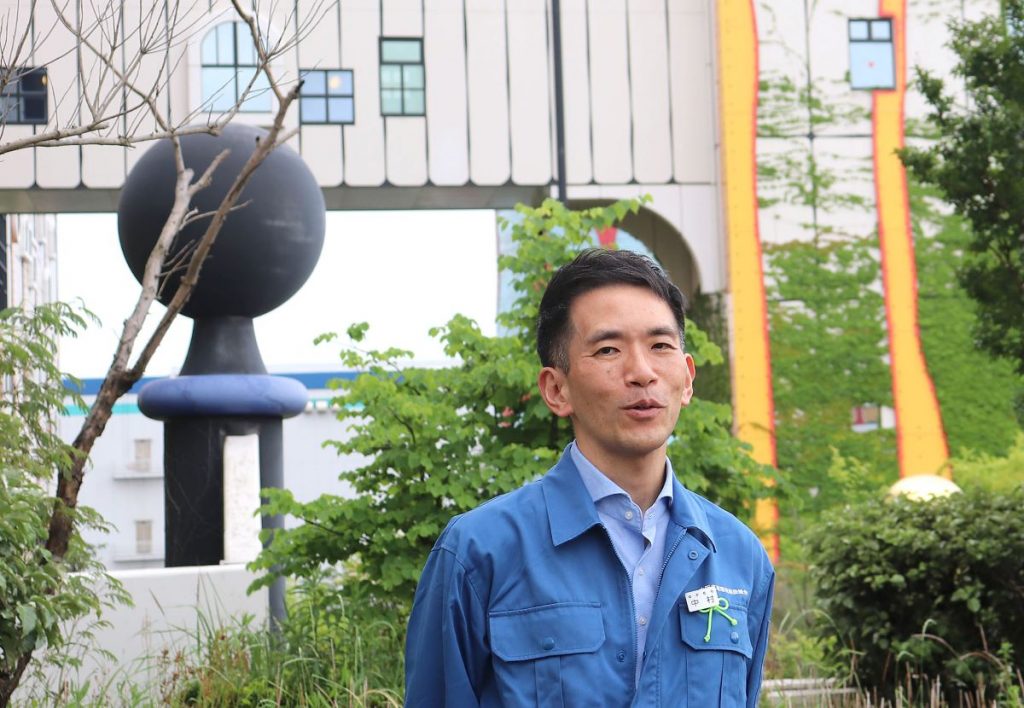
When first built, the Maishima Plant was under the jurisdiction of the Osaka City Environmental Bureau. Later an administrative union was established with the neighboring cities of Yao and Matsubara. Then Moriguchi City joined in 2019 to form the Osaka Waste Management Authority encompassing four cities and six facilities.
The six facilities cover for each other in the event of suspended operations due to maintenance.
According to its maintenance and layout plan, the Maishima Plant will undergo improvement work in 12 years. Unlike the other facilities, the design will be maintained as the life of the plant is extended. Improvements are to include an increase in power generation efficiency from the current level of approximately 20%.
Contribution to Net Zero
Waste-to-energy systems are designated as a renewable energy source. They are expected to help achieve Japan's carbon neutrality goal – net zero CO2 emissions by 2050.
Japan's first waste-to-energy plant was the Nishiyodo Incineration Plant built in Osaka in 1965. The site of the 2025 Osaka-Kansai Expo will be Yumeshima, an artificial island that sits next to Maishima. Both were created using waste landfill.
One of the Expo's themes is "SDGs + Beyond: Future Society for Life."
The expo currently faces a myriad of issues as bids for the pavilions flow in and concerns have been raised over a delayed opening.
To avoid becoming a true waste of taxpayers' money, Maishima Plant can be used to promote Japan's environmental efforts to the world, both for the sake of Osaka and Japan.
It is up to us to decide if the artfully-designed facility will end up being a waste of taxpayers' money. We must not turn a blind eye or call out "NIMBY".
"If we are not proud of our past,
We lose our future.
If we destroy our roots,
We cannot grow."
Hundertwasser's love of Japan speaks to us in his words, which are displayed in the entryway of the plant (translated from Japanese for the purposes of this article).
このページを 日本語 で読む









